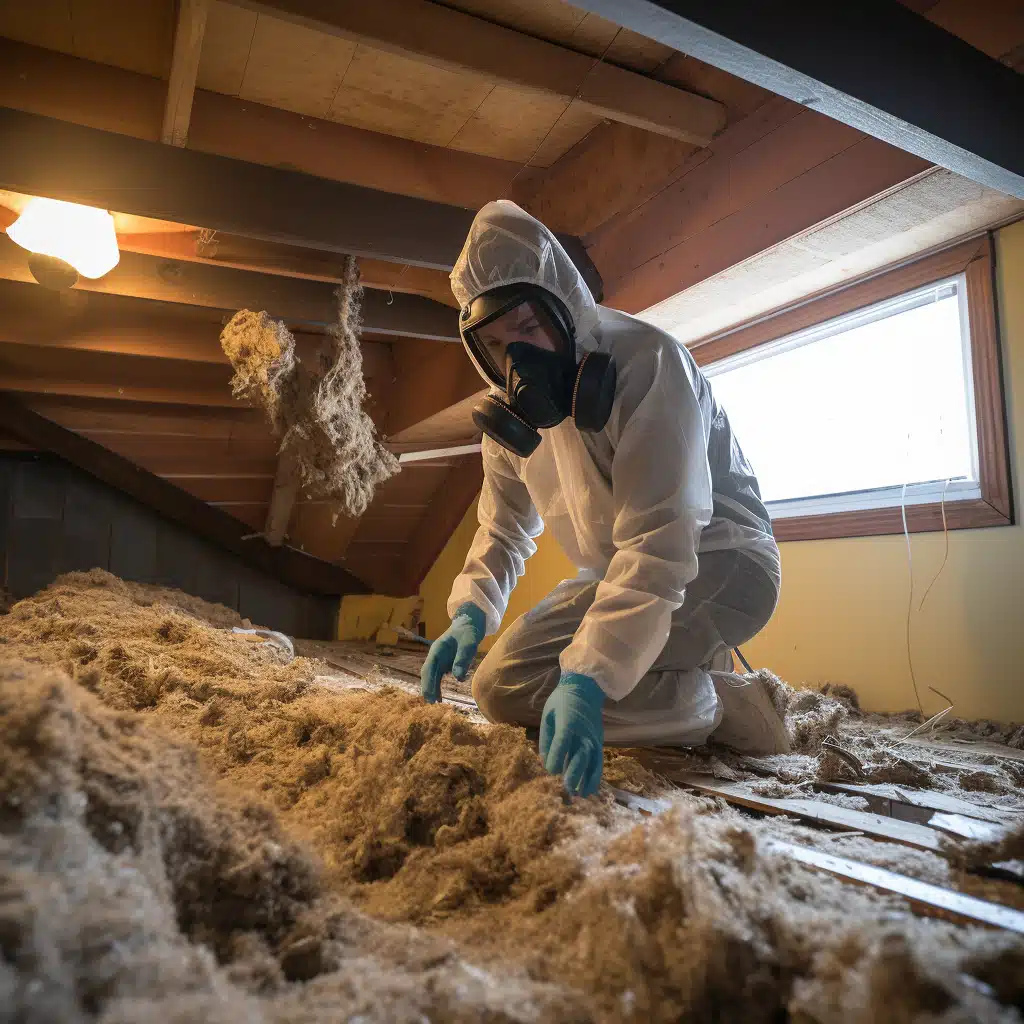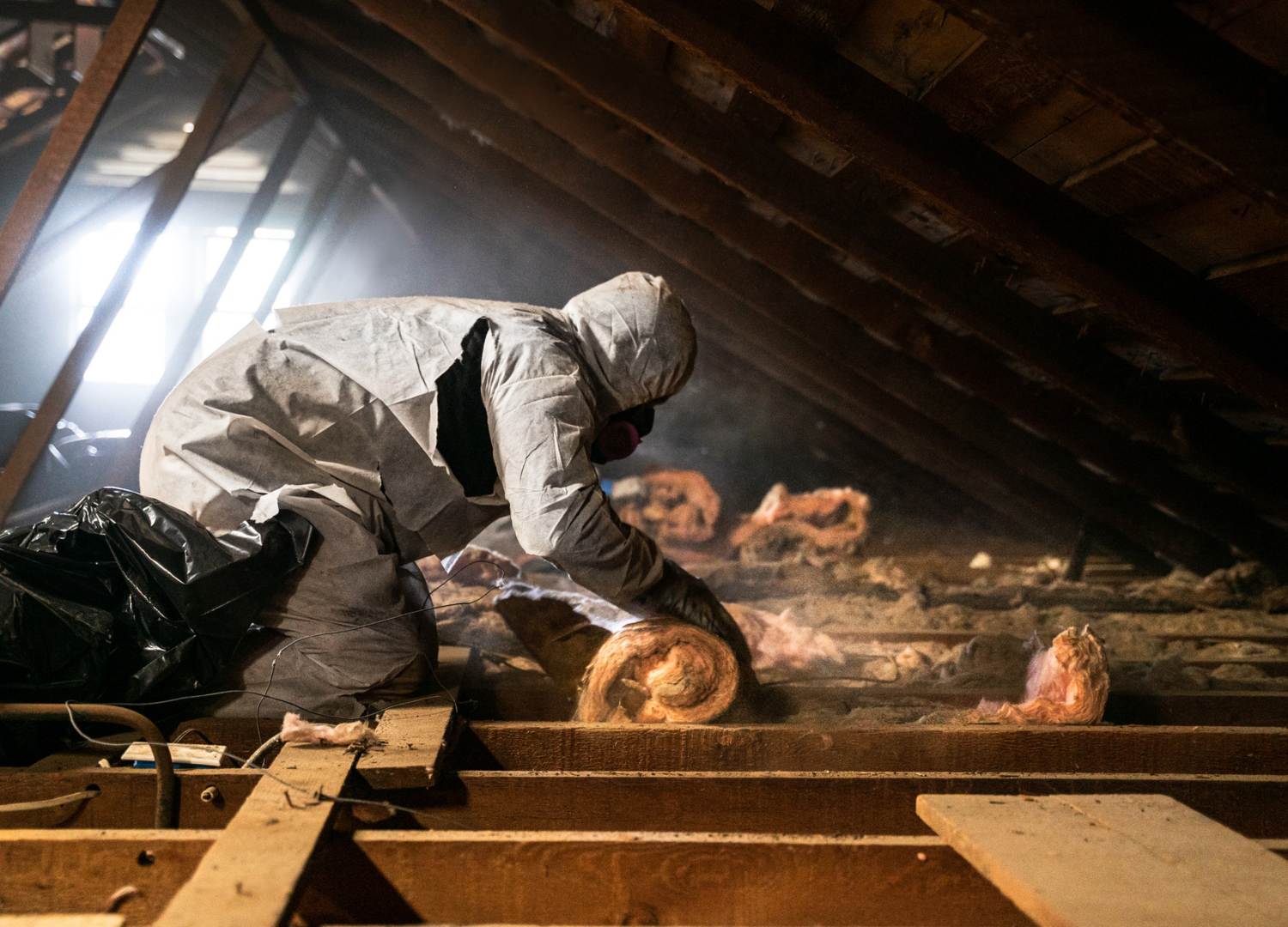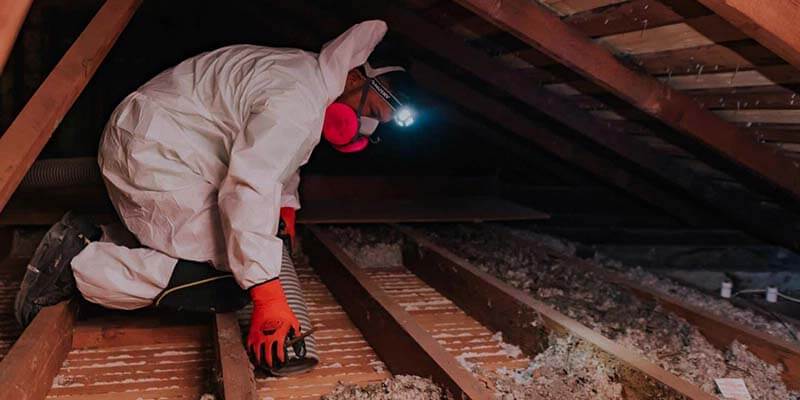Insulation doesn’t last forever. Over time, even the best materials degrade, become contaminated, or simply stop performing as they should. Whether you’re noticing changes in your energy bill or persistent odors inside your home, damaged or outdated insulation could be the root cause. Ignoring it often leads to reduced comfort and higher costs.
This article outlines five clear signs that your insulation may need to be professionally removed. By recognizing these warning signs early, homeowners and property managers can take steps to improve energy efficiency, indoor air quality, and structural safety.
Unexplained Energy Bill Spikes
When energy costs rise without a clear reason, your insulation may no longer be doing its job.
Reduced Thermal Resistance Over Time
Most types of insulation—especially fiberglass and cellulose—lose their R-value due to settling, moisture intrusion, or material degradation. As R-value decreases, your HVAC system works harder to maintain temperatures.
- Attics and crawl spaces often show the first signs, as they’re directly exposed to outside air.
- Older insulation may not meet current building codes, especially in homes over 15 years old.
Drafts and Uneven Temperatures
Noticeable cold or hot spots in certain rooms can signal deteriorated insulation or gaps caused by rodents or water intrusion. These shifts cause inconsistent indoor climates, making it difficult to stay comfortable without constantly adjusting the thermostat.

Signs of Moisture or Mold
Moisture is one of the most damaging forces affecting insulation performance.
Visible Mold Growth
Mold can form in insulation exposed to water leaks, high humidity, or poor ventilation. Cellulose and fiberglass are particularly prone to trapping moisture, creating a breeding ground for spores.
- Health risks: Moldy insulation contributes to respiratory problems and worsens allergies.
- Structural damage: Persistent moisture degrades wood framing and ceiling drywall.
Musty Odors and Damp Air
Lingering musty smells, especially in attics or basements, often point to trapped moisture within the insulation. These odors persist even with windows open and cleaning, indicating the need for full removal and material replacement.
Rodent or Pest Infestation
Rodents often nest in insulation, leaving contamination behind that can’t be fixed with surface cleaning.
Droppings, Urine, and Nesting Signs
Rats, mice, and raccoons shred insulation to create nests. Their droppings and urine not only degrade insulation quality but can carry bacteria, allergens, and even airborne diseases like hantavirus.
- Damaged vapor barriers are common in infested attics.
- Odors from pest waste linger and may spread into living areas.
Chewed Electrical Wiring
Rodents chew through insulation and wiring alike, creating fire hazards. When infestations are found, full insulation removal is often necessary to inspect and address all damage.
Decline in Indoor Air Quality
Your insulation may be releasing particles, dust, or contaminants into the air.
Increased Allergy Symptoms Indoors
Old or damaged insulation may break down and circulate microscopic particles. Symptoms like sneezing, coughing, and skin irritation may worsen inside the home, particularly in older properties with original insulation still in place.
Loose or Open-Faced Insulation
Insulation that’s exposed or disturbed—such as torn batts in attics or crawl spaces—can easily spread airborne contaminants. Air circulation systems like HVAC ductwork pull this dust throughout the home.
Insulation Age or Previous DIY Attempts
Outdated insulation materials and prior amateur installation jobs often create long-term performance problems.
Lifespan of Common Insulation Types

Leftover Debris from Renovations
DIY upgrades or prior removal attempts often leave behind uneven insulation levels, compressed batts, or mixed materials. These remnants interfere with proper air sealing and can’t be corrected without full removal and reinstall.
Common Questions
How long does insulation typically last?
Most insulation materials last between 15 and 30 years, depending on type, climate, and exposure to moisture or pests. Fiberglass tends to degrade faster than spray foam or mineral wool in humid environments.
Can I remove insulation myself?
Insulation removal can expose you to harmful particles, mold spores, or animal waste. Professionals use vacuums with HEPA filtration, proper containment, and safety gear to ensure safe handling and disposal.
Is new insulation more energy-efficient than older materials?
Yes. Modern insulation materials often have higher R-values and improved resistance to moisture and air leakage. Upgrading outdated insulation helps lower heating and cooling costs and improves indoor comfort.
What health risks come with old insulation?
Deteriorated insulation can release dust, mold, and contaminants into the air. It may contain asbestos in older homes or host allergens from rodents, all of which can affect respiratory health.
Conclusion
Professional insulation removal is more than just a maintenance task—it’s a proactive way to protect indoor air quality, reduce utility bills, and extend the lifespan of your home’s thermal envelope. Over time, insulation can become a hidden liability, especially when impacted by moisture, pests, or material breakdown.
By recognizing the signs early—unusual energy spikes, mold, pest activity, poor air quality, or simply outdated materials—you’ll be in a better position to restore your home’s efficiency and safety. Professional services not only handle removal but ensure proper disposal and prepare the space for better, longer-lasting solutions.
FAQs
What is the safest way to remove old insulation from an attic? Use professional-grade HEPA vacuums, wear protective suits and respirators, and seal off entry points to prevent dust spread. Professionals handle these steps more efficiently and safely than DIY approaches.
Can insulation get moldy even if there’s no roof leak? Yes. High humidity or poor ventilation in attics and basements can cause insulation to retain moisture, creating conditions for mold to grow even without direct leaks.
Should all insulation be removed before installing new material? In most cases, yes. Layering over old, damp, or contaminated insulation reduces effectiveness and can trap moisture. Complete removal ensures a clean, stable base for new insulation.
What are the risks of leaving contaminated insulation in place? Contaminated insulation can spread bacteria, worsen allergies, cause odors, and damage surrounding materials. It often leads to more expensive repairs if left untreated.
Author: Rene Zamarripa, spray foam installer and owner, began in the insulation industry in 2008 with Key Insulation in San Antonio. After 17 years of hands-on experience, now owns a successful insulation company with aspirations to franchise. Knowledgeable in R-values, insulation processes, and various components used in both residential and commercial applications. Experienced in identifying the right insulation solutions for different structures, including spray foam, fiberglass, and cellulose. Trained in operating spray foam rigs, managing temperature and pressure settings, ensuring proper material mix, and following safety standards. Understands the technical and practical skills required to deliver consistent, high-quality insulation and guide others in the trade.
Reviewer: With over 13 years in spray foam insulation, Benjamin Lee reviewed this content and offered feedback aimed at helping growing businesses connect with local homeowners and commercial clients more effectively.





Comments